Where Should I Store My Portable AED In The Winter?
- Dec 1, 2021

Where Should I Store My Portable AED In The Winter?
If you are part of a group that is always on the go or live with someone elderly where having a portable AED may be necessary, you want to ensure it is stored safely this winter. By not storing your portable AED properly you run the risk of it not being able to function correctly and potentially can result in the loss of life.
Portable AED Package Options
Portable AED packages all have the same contents but differ in AED type. The AED may be fully automatic or semi-automatic and depending on your comfortability using an AED, this will play a factor in which package choose. All portable AED packages include an AED, adult and child pads, battery, carry case, backpack, CPR response kit, and one-year LifeShield AED Compliance Management. Some portable AED package options include:
• Semi-automatic AED
• Audio & Visual Cues
• FAA Approved
• Automatic AED
• CPR Feedback
• Audio & Visual Cues
• Semi-Automatic AED
• Audio & Visual Cues
• Water Resistant
After you have purchased the correct portable AED for you, it must be stored properly to ensure it functions properly and that you are always rescue-ready.
How Cold Weather Affects an AED
The cold weather in the winter can affect the functionality of an AED in many ways. One way being the batteries drain more quickly when they are in colder temperatures. If this happens, your AED will not work and will not be able to help in emergency situations. Additionally, AED pads can freeze, making them unusable and not allowing the victim to be shocked. Lastly, if the AED is too cold it may not work.
For these reasons, be sure to store your AED in an area with a temperature of 32-122°F. Insulated AED cases are also an option to ensure your AED stays properly functioning and is not affected by the winter cold.
Share:
Posted in AEDs, CPR and Emergency Preparedness








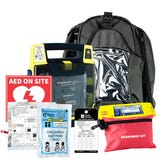
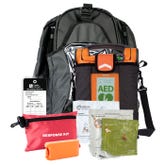
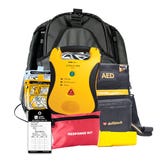
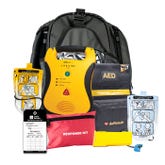
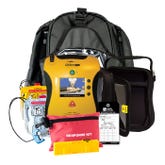
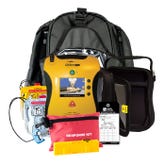
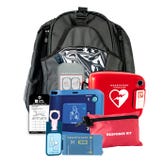
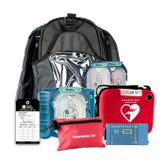
 CALL US:
CALL US: